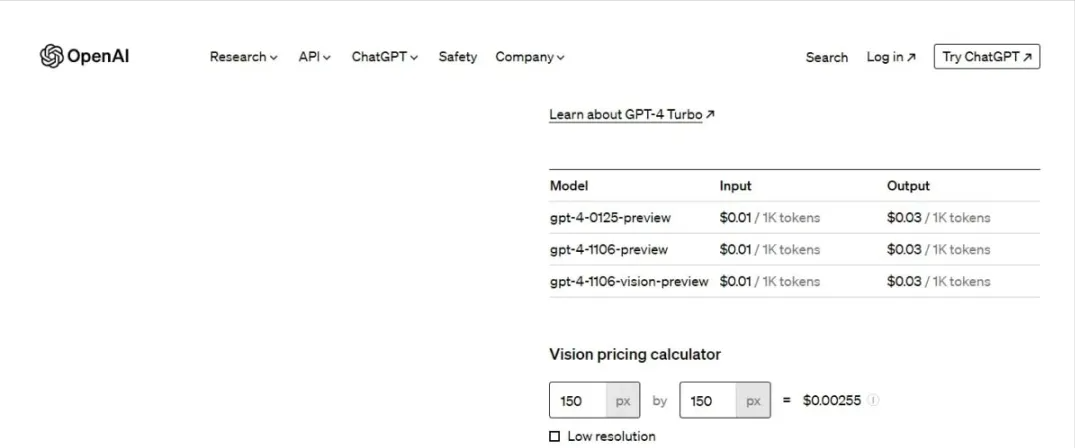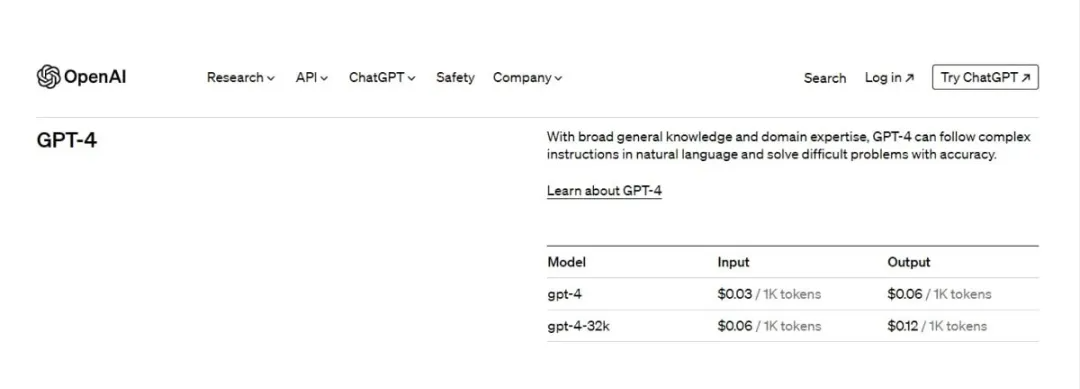In the launch GPT-4 Just 8 months later, Open AI launched another new member -GPT-4 Turbo, which shocked the entire AI community.
The most important breakthroughs are the addition of context windows and the update of deadlines.
But this does not mean GPT-4 is about to be eliminated. What are the implications for those marketers and content creators?
If you want to learn more, keep reading this article and take a look at the detailed comparison of GPT-4 Turbo and GPT-4 to learn all the relevant information.

What is the GPT model?
GPT is the abbreviation of "Generative Pretrained Transformer", which is essentially a machine learning model trained on a large amount of text data.
During training, the model is fed with large amounts of text data and learns to predict the next word in a sequence based on the previous context.
Afterwards, you can fine-tune the model for a specific task to generate more human-like and high-quality text.
What is GPT-4 Turbo?
GPT-4 Turbo is OpenAI’s latest generation model, released in November 2023, just a few months after the launch of GPT-4.
The latest version of GPT-4 Turbo was launched in April. It has a built-in image reading function and has significantly improved its performance in writing, math problem solving, logical reasoning, and programming.
This new version has information up to December 2023, so it has a broader knowledge base and provides more up-to-date information.
In addition, it has a 128k context window, which is equivalent to 300 pages of text.
What is GPT-4?
GPT-4 is an upgraded version of GPT-3.5, providing more extended functions, including long text creation (double), more complex conversations, and document search and analysis.
It has a deadline of September 2021 and has an 8k context window, equivalent to 24 pages of text.
What is the difference between GPT-4 Turbo and GPT-4?
1. Knowledge Base
The latest version of GPT-4 Turbo is dated December 2023, so its database is more recent. This means you’ll get more accurate and relevant results than with GPT-4.
In contrast, GPT-4’s knowledge base does not exceed September 2021, so the information it provides may not be as relevant to the current situation as GPT-4 Turbo.
Of course, this depends a lot on what you are searching for. For some historical or long-term unchanged information, the accuracy provided by the two may not be much different.
2. Context Window
GPT-4 Turbo has a larger context window of 128k.
As a result, the model is better able to process and understand longer sequences of text and perform tasks such as document analysis and summarization.
GPT-4’s context window is significantly smaller, with an 8k context window equivalent to 24 pages of text, which means it is less likely to track longer and more complex context information.
3. Follow instructions
According to Open AI, GPT-4 Turbo outperforms previous versions in terms of improved instruction following.
For example, you can ask GPT-4 Turbo to generate a specific format, “Always respond in XML”.
Additionally, it supports JavaScript Object Notation (JSON) schema, which is particularly useful for developers, code generation, and web and application development.
The GPT-4 model does not always understand and follow more complex instructions, which can result in inaccurate or undetailed output.
4. Multimodal Capabilities
One of the main differences between the two models is multimodality. Before the launch of GPT-4 Turbo, previous versions could only use text input.
However, the emergence of GPT-4 Turbo has changed this situation. It can input images into GPT-4 Turbo and process them with text prompts.
This enables it to perform a variety of tasks, such as:
- Automatically create subtitles
- Visual content analysis
- Process documents with numbers and recognize text in images

GPT-4, on the other hand, can only process and analyze text input.
In addition, the drop-down menu for switching between different output types in OpenAI applications (such as DALL-E 3) has been removed, and the system will automatically determine the output type you need based on your prompts.
5. Price
Currently, the pricing model of GPT-4 Turbo is more affordable and cheaper than GPT-4.
One of the main reasons for the price cut is that the model caters more to developers, who would use the tool more if the price was lower.
With wider use, developers are able to generate more data, which in turn can help improve the performance of the models.

The starting price of GPT-4 is $0.03 per 1,000 tokens, and the output token is $0.06 per 1,000.

In summary, GPT-4 Turbo is a powerful open AI technology that will add new depth to content creation.
However, this does not mean that GPT-4 is not powerful enough.
In fact, depending on the type of information you search for, GPT-4 is still a very reliable auxiliary tool that can effectively promote content creation.
What will happen to GPT-4 Turbo and GPT-4 in the future?
Recently, there have been frequent news reports about OpenAI's next-generation large model.
OpenAI CEO Sam Altman pointed out earlier this month that while the current use of GPT-4 for scientific research is still rudimentary and limited, he foresees that in the era of GPT-6, this model will become a versatile tool that can help in multiple fields.
Reports suggest that OpenAI's next version of its artificial intelligence model, GPT-5, is expected to be launched around mid-2024.
The upgrade of GPT-5 will be a comprehensive iteration. It will not only enhance the multimodal capabilities of image processing, but is also expected to achieve major breakthroughs in video processing, laying a solid foundation for the deep integration between the digital world and the real world.
In addition, GPT-5 will also support longer text input, greatly enhancing its ability to process complex and long texts and perform deep logical reasoning.
Okay, that’s all for today. If you find this article helpful, don’t forget to recommend it to your colleagues and friends!